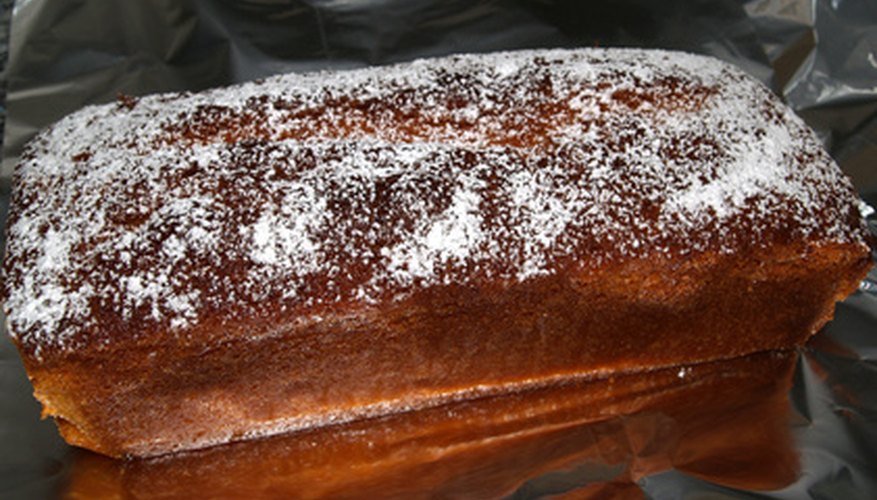Home cooks often use greaseproof paper in cooking, especially for baking and storing food. It is water-resistant and safe to use in both microwave and conventional ovens. However, if you run out or simply do not wish to use greaseproof pape, plenty of alternatives exist.
Greaseproof Paper Problems
Greaseproof paper has a few drawbacks. From the environmental perspective, it is nearly impossible to recycle. Most recycling centres do not accept it because of the coating, which makes the paper fibres difficult to recover. Moreover, it is usually soiled after use. You can reuse greaseproof paper, cleaning it with a damp cloth, but normally only a couple of times before it becomes grubby or torn. People trying to reduce waste, whether to help the environment or cut costs, might consider alternatives. Other cooks dislike greaseproof paper because it tears easily and sometimes sticks to baked items.
- Greaseproof paper has a few drawbacks.
- You can reuse greaseproof paper, cleaning it with a damp cloth, but normally only a couple of times before it becomes grubby or torn.
Baking
Greaseproof paper is a simple way to line baking trays. Unfortunately, some foods have a habit of sticking to it, leaving you with half your cake, biscuits or pie stuck to the paper and the rest in pieces. Baking parchment is an acceptable alternative, as is silicon paper. These papers sometimes cost a little bit more but are reasonably effective. Thoroughly buttering the baking dish sometimes works if you have run out of suitable papers or your main motivation is to reduce waste. Shaking a thin layer of flour over the top further reduces sticking. A spray oil is also suitable. Silicon baking dishes, which require no lining or grease, appear to work fairly well for more solid cakes and buns. Rice paper sticks, but, as it is edible, this might not be a problem.
- Greaseproof paper is a simple way to line baking trays.
- Silicon baking dishes, which require no lining or grease, appear to work fairly well for more solid cakes and buns.
Microwave Cooking
Foil and a few plastics are not suitable for microwaving. However, you can wrap food in other papers or place it in microwaveable plastic tubs or ceramic dishes. The plastic tubs and trays from ready meals are nearly always suitable for microwaving, and only require cleaning before you reuse them. To cover a dish, another dish works as well as a sheet of greaseproof paper.
- Foil and a few plastics are not suitable for microwaving.
- The plastic tubs and trays from ready meals are nearly always suitable for microwaving, and only require cleaning before you reuse them.
Storage
Before tinfoil and clingfilm became widely available and cheap, greaseproof paper was often used to package sandwiches, cover jars and wrap solid items for freezing. In most cases, tinfoil works just as well for these purposes and you can reuse it more times. Some, although by no means all, recycling centres accept used foil along with other aluminium items. More durable storage options work out cheaper and greener. Plastic boxes, which are available very cheaply from pound and bargain shops, last almost indefinitely and are suitable for packaging sandwiches and anything you may wish to freeze. Paper or plastic bags are rather tidier than greaseproof paper for relatively dry items.
- Before tinfoil and clingfilm became widely available and cheap, greaseproof paper was often used to package sandwiches, cover jars and wrap solid items for freezing.
